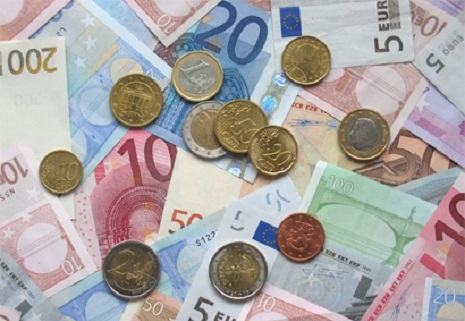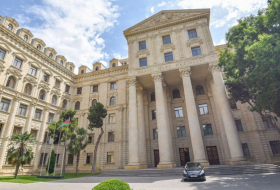But what sorts of things other than bills and coins have been used as money, and what will be used after these things?
One form of money has been part of a snail—more specifically, the shells of the marine snails of the subclass Prosobranchia within the class Gastropoda. These snails live in the Indian and Pacific oceans, and the use of their beautiful shells as money can be traced back to 1200 BCE. They were used in that immediate region and were also accepted by some European countries.
The natural world has supplied other forms of money. Native Americans used shells assembled into strings, while whale teeth and giant discs of limestone proved to be a convenient medium of economic exchange for other peoples.
Some forms of money have been more transient, particularly amid shortages or crises. Cigarettes and alcohol, for example, replaced currency in Germany after World War II.
Just as notable are some of the things that are seamless stand-ins for bills and coins. These things often use—and sometimes contribute to—new technologies and innovations so as to make the exchange of money more efficient, more convenient, and, usually, more resistant to fraud. Checks, for example, have a history in Europe that can be traced back to about the 15th century (though they have deeper roots, in the 9th-century Muslim world—and might even be traceable to ancient Rome, depending on how “check” is defined).
Although credit cards have been in use in the United States since the 1920s, one that could be used “universally”—at a wide range of establishments—debuted in 1950, when Diners Club was founded. The plastic card familiar to us today as a credit card was introduced in 1959, and innovations in transaction processing, credit systems, and digital payment platforms have given rise to networks that have since achieved global scale.
Bitcoin is an example of a digital currency that could represent the future of money. Created in 2009, it relies on public-key cryptography and blockchain technology, and it represents an attempt to go outside the control over money that present-day banking institutions hold. The community that shares the belief that bitcoins have exchange value may not currently be as broad or as deep as believers in major currencies. But this community has turned complex Internet-based transactions into something that is a new form of money.
PayPal was formed in 2000 and became an Internet-based standard for buyers and sellers involved in online auctions; it enabled them to transfer money securely and more efficiently than wire transfers and other methods. Today, peer-to-peer payment services offered by companies such as PayPal are examples of more recent innovations that—like checks or credit cards—may not be money per se, but they’re an exchange medium that, in many situations, is easier, cheaper, and more secure to use than any other form of money or money-transfer mechanism. Just as bills and coins were innovations that displaced snail shells and whale teeth to become the world’s most widely accepted social convention, so too might peer-to-peer payment services become the thing that just about everyone agrees is the best medium for exchange.
Read the original article on britannica.com.
More about: money
















































